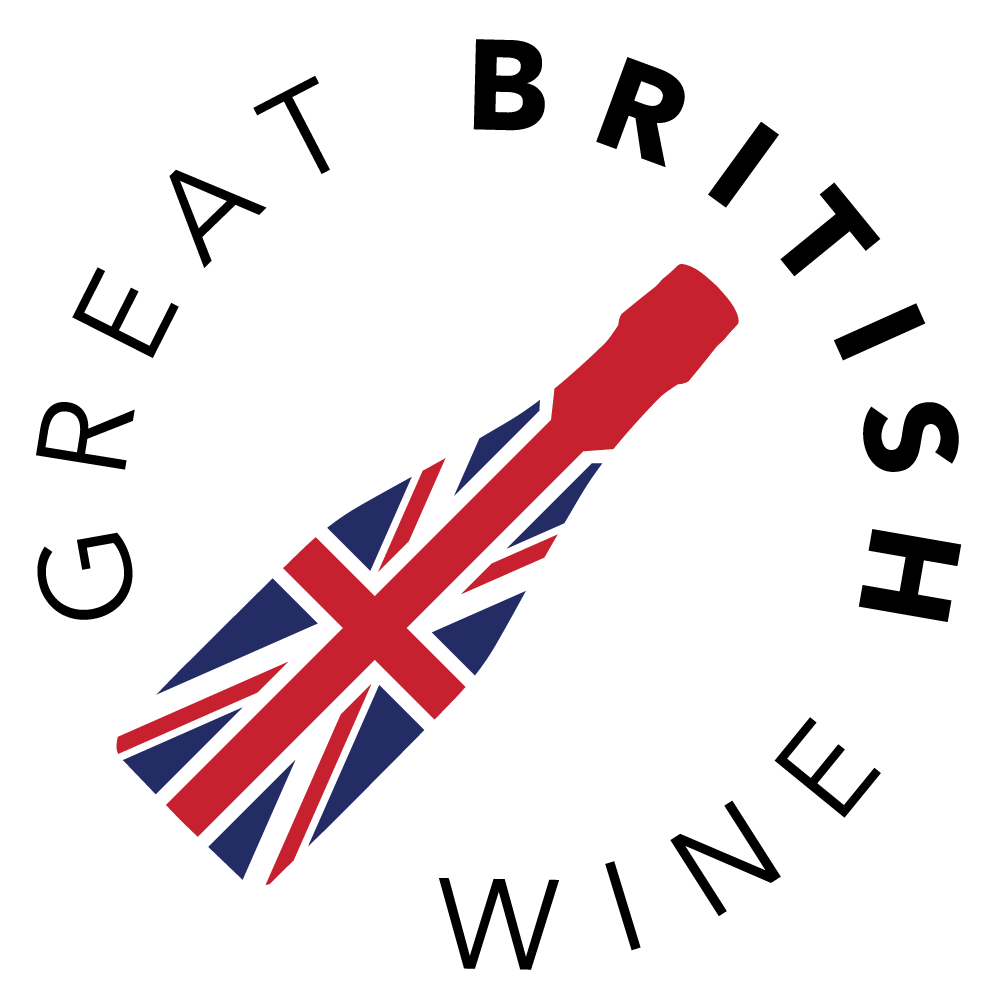
Now in its fifth year, this month saw an eclectic panel of independently minded wine experts, retailers, producers, communicators and consumers descend upon Bristol for the annual Independent English Wine Awards. It’s an event I look forward to each year; a chance to taste some of my favourite wines of the year, blind, against some undiscovered gems. Typically, the competition attracts a good mixture of both established and upcoming producers – and often first vintages from future giants. This year in particular saw a strong selection of relatively new names gain the judges’ attention with some wonderfully charismatic stand-out wines.
This year’s competition saw a total of 69 producers enter 155 wines, and saw the split swing to approximately two-thirds still wine and one-third sparkling wine. 119 medals were awarded, with 17 Gold, 53 Silver, and 49 Bronze medals being handed out. The IEWA has seen year-on-year growth since its debut, and the medals-to-entries ratio remains a little leaner than many competitions, with 77% of wines entered gaining a medal in 2021.
There were some particularly strong entries on the sparkling side this year. The category saw a slew of new names sit alongside established labels with some of the best quality I’ve seen in the competition in the five years it has been running. Ultimately, D’Urberville’s Extra Brut 2016 reigned supreme with its beautiful precision and delicate complexities. Oastbrook’s Chardonnay 2020 took the still overall winner crown thanks to its precise, crisp English fruit character and deftly applied oak textures. The still wines that took Golds were also incredibly solid and – indicative of the maturing industry – diverse in grape make-up and style. My highlights from the Gold Medal winners can be found below.

Chair of judges Liam Steevenson MW commented:
Alex and his team as always create an impeccable event that is not just interesting, but also a great deal of fun. This year, unsurprisingly, quality was better than ever, and if felt to me that we awarded more Silver and Gold medals, as quality wine follow quality wine, underlining the exciting, evolving state of the English Wine Industry today.
The Trophy Winners, Oastbrook Chardonnay 2020 and D’Urberville Extra Brut 2016 were truly world class. I will be seeking them out for my cellar for sure.”
Liam Steevenson MW, Chair of Judges
As with my previous year’s coverage on the IEWA, I’ve focused here on the Gold medal winners, but the full list of all medal winners can be found over at www.iewa.uk
The Gold Medal Winners
Focus on the Overall Winners
D’Urberville Vineyard Extra Brut 2016
Region: Dorset
To taste, this classic blend commands with a beautiful saline purity that tingles with the bone dry profile and zesty citrus bite. To complement, there’s warmer peachy notes, flavours of crisp apples and a nutty pastry complexity.
This wine manages to be both lean and generous. This is exceptional winemaking and the stand-out wine of the competition for me.
Oastbrook Estate Chardonnay Oak 2020
Region: Sussex
This Chardonnay is elegant and beautifully structured, with a bright nose of red apple and citrus zest, with a minerality and suggestions of nectarine. To taste, it’s the crisp, crunchy orchard fruit that sings out with a lively citrus energy.
What I really enjoyed about this were the delicate textures throughout and the incredibly thoughtful use of oak.
John’s Gold Medal Highlights
Hunter Brut 2018
Region: Sussex
This delightful first vintage classic blend is pleasingly golden, with a nose of baked apple, peach skin with croissant and orange blossom. To taste, it’s fruit-forward with stone fruit and tropical richness thanks to the warm 2018 vintage. The acidity is lively, and the roasted almond notes really add some delicious complexities.
Folc English Rosé 2020
Region: Kent
Folc’s striking looking rosé, made from seven different grape varieties, was a firm favourite amongst the judges with its crisp grapefruit, tangy cranberries, succulent strawberries and layers of creamy textures. Incredibly well-made, this rosé has it all.
Louis Pommery England Brut
Region: Hampshire
The first English Sparkling Wine to carry the name of a Champagne house, the Louis Pommery has come on a long way since their first release a couple of years back. This Brut combines brisk green apple and zesty citrus with indulgent ripe apricot and ginger biscuit complexities. An extravagant and generous sparkling wine.
Tuffon Hall Bacchus 2020
Region: Essex
The previous vintage of this delicious Bacchus picked up a Gold medal last year and somehow escaped my attention. That was rectified, as this Bacchus stood out as the best example of the variety in this year’s competition, with aromatic lime and grassy notes, almost spritzy acidity and a touch of tropical fruit warmth.
Dunesforde Blanc de Noir 2018
Region: Yorkshire
Another young and charismatic sparkler coming from the great 2018 vintage was this Dunesforde Blanc de Noirs from Yorkshire. It impressed with its vibrant fruit purity of red apple and cranberry, marking a youthful but modern expression on the sometimes brooding Blanc de Noirs style.
Coolhurst Lady Elizabeth Rosé 2016
Region: Sussex
It was no surprise to see this wine take home a Gold. This 100% Pinot Noir rosé is a textural delight, offering supple bubbles and defined red fruit character. There’s a lovely warmth to the fruit, with a textural seasoning of crisp pastry notes. A confident and beautifully balanced rosé.
Giffords Hall St. Edmonsbury 2019
Region: Suffolk
This is a really pleasing red from Suffolk’s Giffords Hall, made from Pinot Noir with a lick of Rondo to add some colour and depth. The resulting wine is a peppery cherry fusion with ripe plummy notes, hints of black fruit and cedarwood spice. There’s a softness to the red fruit that really appeals.
Fenny Castle Pinot Noir Rosé 2020
Region: Somerset
Fenny Castle are a little under the radar, but serial IEWA medal winners. The structure stands out on this wine; it’s got a brisk, tingling acidity and racy cranberry tartness, but the mid-taste is all ripe summer berries with a dollop of creamy weight – grown-up, textural and moreish!
Broadcaster and Journalist Susy Atkins, who was the chair of the panel that awarded Gold medals to both of the Overall Winners, had the following to say on this year’s competition:
It was a pleasure to be a panel chair at the fifth annual IEWA. Standards of the wines overall were the highest I have seen yet at this competition, with the still wines continuing to gain in quality.
Also notable was the number of top awards given to smaller, less-widely known wineries. It’s inspiring to unearth any of the top medal winners, but especially so when they come from wineries which are new to the competition.
As ever, the IEWA was admirably well organised by Alex and his team.”
Susy Atkins, Broadcaster and Journalist


